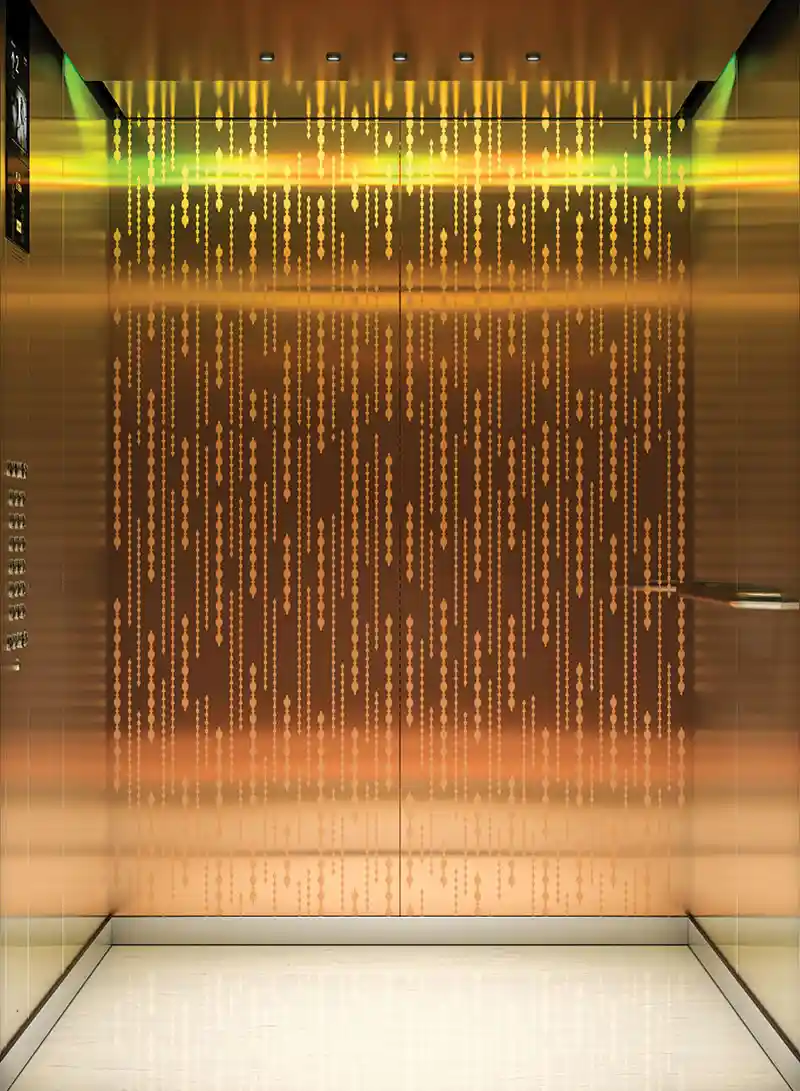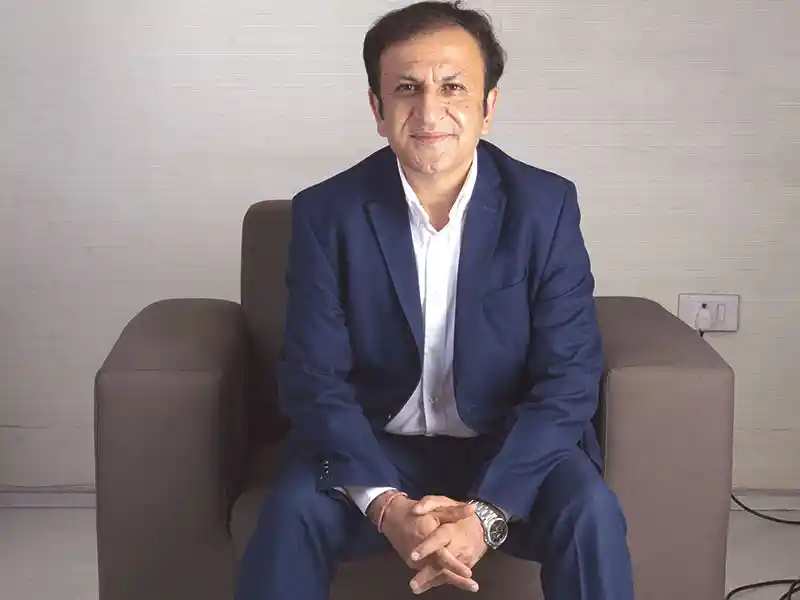
The global elevator modernization market size was valued at $7,781.2 million in 2020, and is projected to reach $19,941.6 million by 2030, registering a CAGR of 9.4% from 2021 to 2030. Elevator modernization is the process of upgrading important components of an elevator. Elevator systems consist of a wide range of components that undergo wear and tear, thereby creating a requirement for modernization of efficiency, safety, and performance of the system. In addition, modernization enhances the aesthetics of the elevator along with the quality of the elevator.
The elevators much older than 15 years and above are extremely susceptible to safety risks. Therefore, the safety concerns have led to implementation of more advanced and updated elevator systems equipped with the latest technology. These new technical advances are contributing to growth in the market.
KONE offers modernisation solutions that are specifically crafted to meet customers’ requirements. These solutions include retrofit installations, component improvements, and complete replacement of current equipment. They serve the simple function of ensuring that your equipment runs securely and reliably for the duration of your building. This means, at KONE, innovation in manufacturing and product development are invariably dynamic in nature.
With modern high-rise buildings becoming taller and more complex, how is this impacting the design, speed, safety, installation, and other important sensor-based features of elevators?
The consistent increase in the number of high-rise buildings in the Industrial Sector, the growing demand for residential lifts from India’s urban and suburban regions, the country’s high demand for urbanisation, and growing government investments are all contributing to an increase in elevator installation. As a result, India’s elevator and escalator business has been expanding at a rapid pace. While regular servicing and maintenance, testing, and monitoring of elevators are undeniably important in ensuring their efficiency and passenger safety, they are not the only driving forces. Other components of design and technology are employed in the construction of elevators with greater safety measures.
In terms of government involvement, while some states, such as Maharashtra and Karnataka have progressive elevator laws, there is no comprehensive national policy that enforces rigorous safety requirements for elevator design, building, and installation. Even lift licenses, which require elevators to be inspected after installation and given a permit to operate, are not common in all states. While larger, more organized manufacturers may have their own training programs in place before certifying subcontractors, smaller, less organized manufacturers may not.
It is important to realize that from technology and maintenance suppliers to building owners and equipment users, everyone is involved in safety. This is why we have global policies, processes, and standards in place at KONE to ensure that all of our business activities, including subcontractor operations, are planned and carried out in a systematic and internationally synchronized manner.
What Emergency Rescue Devices (ERD) / safety devices is your company offering to ensure passenger safety in your elevators? Please give their features.
At KONE, we believe that our technological advancements have made our company visionary. We create our products and services keeping in mind the futuristic demands of our investors and customers, besides sustainability ethos.
Even well-maintained equipment might fall short of expectations when it ages or is exposed to changing environmental conditions. The performance, safety, eco-friendliness, and aesthetics of elevators and escalators shall be enhanced by modernising them. For example, our flexible KONE CareTM maintenance programme is designed to ensure that our equipment operates safely and reliably while also extending its lifespan.
With KONE 24/7 Connected Services, we can more accurately anticipate the need for maintenance. Hence, we ensure elevator and people flow experience is safe and seamless. It allows for quick hassle-free repairs, open communication platforms, which further leads to a more dependable and safer customer experience with our products.
Please name some important projects awarded to your company, and what does the award entail?
At KONE India, we have gained our customers’ trust and have been delivering projects big and small across all customer segments: hospital, commercial, retail, residential etc.
One such great project that our team is proud of is the world’s largest elevator at Jio World Centre, BKC, Mumbai. What ensued was months of planning, brainstorming, innovation, collaboration, and a zillion cups of coffee. The team also collaborated with some accomplished engineering minds at KONE global teams to ensure the best possible result. Suffice to say, the team worked extra hard to plan and execute this world-class project on time.
At 25.78 sq meters this record-breaking elevator is as big as a room! It has a unique 4-panel centre opening door and glass walls offering an all-round scenic view. There are two info screens that offer building news and updates. The interior design matches the lotus theme that’s central to the Jio World Centre décor. An ornate crystal studded light forms the centre piece of this immensely elegant elevator. The end-result is a product that is a perfect blend of engineering, art and architecture!
KONE offers modernisation solutions crafted to meet customers’ requirements for retrofitting, component improvement, and complete replacement of current equipment – all of which ensure that the equipment runs securely and reliably for the duration of your building.
Amit Gossain
There is a growing concept of aesthetic elevators (orescalators) with fixtures, displays, wall panelling, glass, IoT mirrors, lighting, flooring etc? Please share some of your elevator model details that highlight their aesthetics.
KONE DX Class elevators are the modern manifesto of advanced digital connectivity. They introduce a whole new realm of possibilities with an elevated user experience, enhanced people flow, delightful designs, future-proof services and just the right ambience.
The automated building operations from the KONE DX Class create an access bridge to KONE’s digital solutions, which can further be leveraged with the KONE Partner Ecosystems for efficient management.
Technological innovations have further enabled customers to plug in additional services using the power of open application programming interfaces (APIs). These make integrating devices, apps and services much simpler.
What do passengers get? A host of new, multisensory experiences inside the elevator. The mechanism combines physical hardware and digital services. Both can get customised as per individual needs and expectations, introducing greater levels of ease and convenience.
The advanced elevators provide:
- Digital services that customers can activate as they see fit, remotely
- Secure APIs for third-party solutions
- New design options and innovations, including anti-stain and anti-bacterial surfaces
- A dynamic display with advanced sound and lighting options
- Integrated elevator call functionality
- Autonomous robot services to navigate internal movement
- Equipment status and service info APIs, allowing improved asset management
















